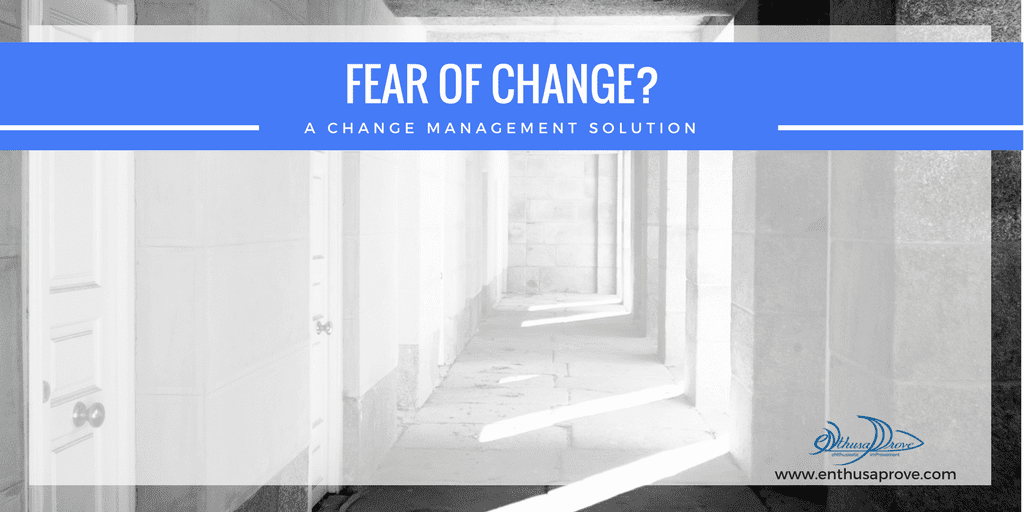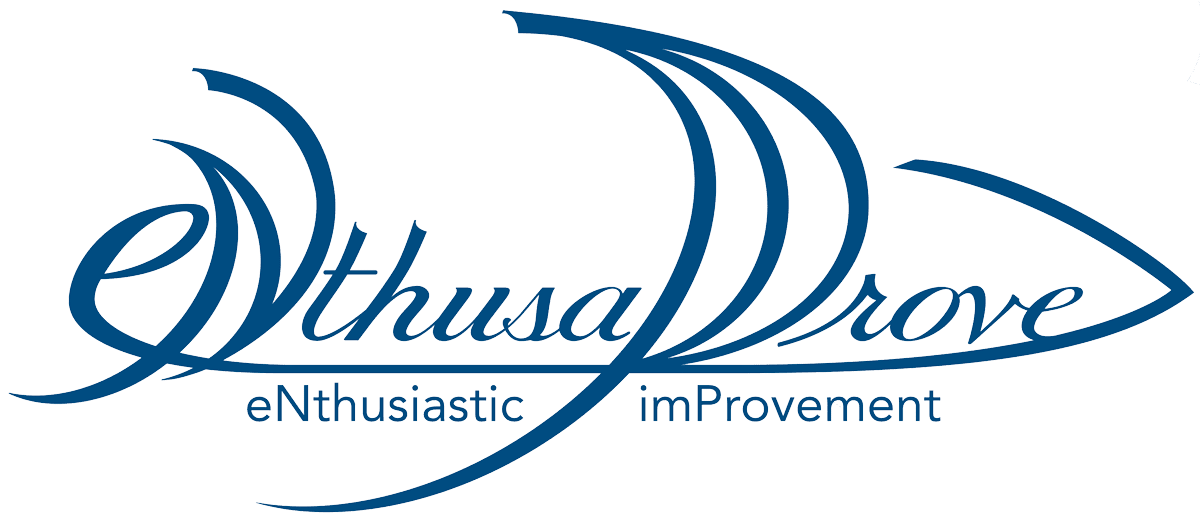 Change is happening all around us, and some welcome it and others spurn it. Organizational change is inevitable and many of the teams we work with are struggling through some sort of change. This can be reorganization, market changes, customer behavior changes, culture shakeups, etc.
Change is happening all around us, and some welcome it and others spurn it. Organizational change is inevitable and many of the teams we work with are struggling through some sort of change. This can be reorganization, market changes, customer behavior changes, culture shakeups, etc.
Recently, I was sharing some ideas with a wonderful group of professionals. In my presentation and guided discussion, we went through the idea of joy in change, and its three elements of connect, create, or contribute.
To make it relatable to real life, we test drove the ‘joy in change’ idea on a current struggle experienced by Jenny. In brief, the situation is that her department was poised to grow, and some other departments were a bit apprehensive about this.
Backdrop on this Joy in Change stuff
Remember that joy is a deep happiness and is not to be confused with pleasure. Pleasure has its place, but there are key differences that have an analogous connection to the difference between extrinsic motivation and intrinsic motivation.
Let’s contrast pleasure and joy:
| Pleasure | Joy | |
| Comes from… | Derived from extrinsic events
(like winning $1M in the lottery) |
Derived from satisfying the soul
(like saving up $1M for retirement thru discipline) |
| It Brings… | Brings satisfaction through escape | Brings contentment through engagement |
| Opposite | Misery | Fear |
Ok – that last statement is the key. Jenny was talking about getting rid of the fear of change. Can we make fear just go away? I’m not really sure, but I do know that you can’t rationalize fear away.
I have a ridiculous irrational fear of heights, so tall, skinny bridges really test my fortitude when driving. Rationally, I know there is absolutely no reason for fear, but that rational side only manages to get me to buckle in and drive but doesn’t really reduce the irrational fear that sees every dent in the guiderail.
What’s our biggest fear? Being alone. That’s why I think public speaking is listed as a top fear; think about it. You’re alone on the stage!
So that is why connect, as the first ingredient to enabling joy, is so critical. That connection provides strength.
Joy in Change Test Case
Here’s how the conversation went around Jenny’s situation. She stated that indeed they had made sure that folks would know where they fit in when the organization would grow. So, it seemed that the fear of change wasn’t based on people fearing a loss of connection. (This is a-typical, because the fear of ‘not knowing where I’ll fit in’ is a big one in most reorganizations).
Given that we didn’t see a need to beef up how she had already enabled people to be connected, I directed the conversation towards the other elements, create and contribute.
We talked about what might be worrying folks. It seemed that people in other departments were a bit worried that they wouldn’t have the same work…in other words, how they currently create value, would be changed. There it is!
Not only did the conversation diagnose an opportunity to help teams continue creating, it shows us a direction for finding a solution. Jenny could easily see what she needed to do. The team members desired to create value, and that was now uncertain. She needed to explicitly show how other departments would still create value, very likely, the same value they currently create. Jenny’s expanded department would be creating new types of value, not taking away nor even diminishing the value that these others were currently creating.
Why do we fear change?
Jenny’s situation is very common. Navigating how to make changes as an organization is inevitable, and always laced with a bit of consternation. You know how that goes…when we don’t know what the future will look like, we imagine the worst. Just like when a child wakes up in the middle of the night to see the closet door ominously open. To them, a monster could be in there; rarely do they think that grandma is there with fresh baked cookies. We do the same. Maybe it’s some leftover wiring from our caveman days where it was better for our survival to assume the worst. Either way, that’s why we shouldn’t dismiss this natural reaction to change. Change is uncertainty, and that makes us nervous. Even when the place we are going is better than where we are now.
How to approach change by enabling joy (vice fear):
- You can’t just take fear away with logic. In other words, you can’t just get rid of fear of change, you have to replace it with confidence, reassurance, strength in uncertainty.
- Take action to Enable Joy in times of change. Joy is the opposite, the antidote, of fear. Paul wrote a book on how to practically do that in teams.
- To enable joy, take a good look at where the situation has stopped enabling joy; look at where connect, create, or contribute has been lost or diminished. Then address that.
Do you need regular encouragement in leading your team? Sign up below!
[magicactionbox id=”2336″]
Interested in Change Management? Here’s some other topics you might be interested in.
- Leading Change: Making New Connections in our Brains
- An Amazing Use of Metrics: Looking for Disconnection





